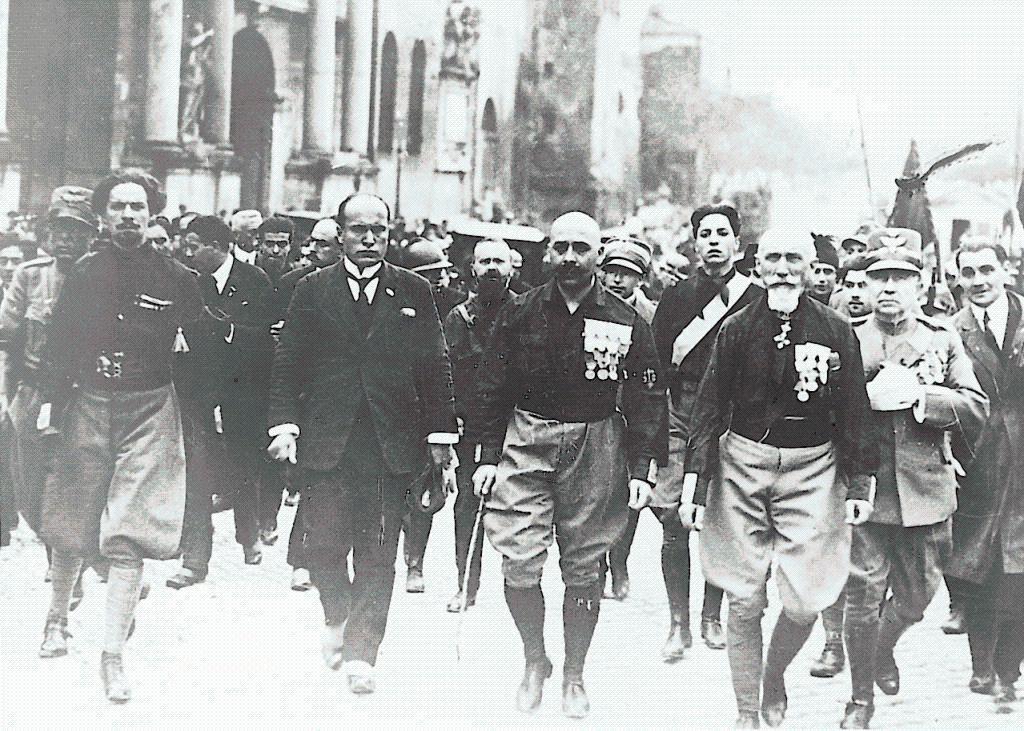What Does “Fascisterne” Mean?
The term “Fascisterne” is a Danish word that directly translates to “the fascists” in English. This word is deeply rooted in political, historical, and ideological contexts. It generally refers to individuals or groups associated with fascist ideologies, which are characterized by authoritarian power, nationalism, suppression of opposition, and control over many aspects of life, including the economy and culture.
In modern times, “fascisterne” is used to describe both historical figures and current political movements that show similar characteristics. The term carries heavy emotional and political weight because of its connection to significant historical events, particularly World War II and the rise of Nazi Germany and Fascist Italy.
A Historical Overview of Fascism
The Birth of Fascism in Europe
Fascism first emerged in Italy in the early 20th century, spearheaded by Benito Mussolini. The movement was a reaction to political instability, economic troubles, and social unrest. Mussolini and his followers, who became known as fascists, promoted a strong centralized state led by a powerful leader, nationalism, and a rejection of liberal democracy.
Spread Across Borders
Soon after Italy, Germany under Adolf Hitler adopted similar ideologies. While Hitler’s Nazism had distinct racial elements, many of the core principles mirrored Mussolini’s fascism. These included militarism, control of the media, censorship, and the elimination of opposition.
As these ideologies spread, people across Europe began referring to these political groups collectively as “the fascists”, or “fascisterne” in Danish and other Scandinavian languages.
Fascisterne During World War II
Denmark and the Nazi Occupation
During World War II, Denmark was occupied by Nazi Germany from 1940 to 1945. Though the Danish government initially cooperated with the Nazis to some extent to avoid conflict, resistance grew over time.
Some Danes aligned with the German occupiers, adopting fascist ideologies. These individuals or groups were often labeled as “fascisterne” by the resistance and ordinary citizens. They were seen as collaborators who supported or sympathized with the authoritarian, racist, and oppressive regime of Nazi Germany.
Resistance Against Fascisterne
Most Danes, however, rejected fascism. A strong resistance movement emerged during the war, fighting both the Nazi occupiers and their local sympathizers—those known as fascisterne. These resistance efforts became a key part of Denmark’s wartime history, and those who opposed fascism are still remembered today for their bravery.
Post-War Usage of “Fascisterne”
After World War II, the word fascisterne became loaded with negative connotations in Denmark and elsewhere. It no longer simply described a political belief system—it became a symbol of oppression, collaboration, and betrayal.
Those who had sided with the Nazis or promoted fascist ideas were often ostracized or punished. The term was used to condemn their actions and ensure that their ideologies would not be forgotten or allowed to grow again.
The Ideology Behind Fascism
Key Characteristics of Fascism
To understand why “fascisterne” is such a powerful term, it’s important to look at the features of fascist ideology:
- Authoritarianism: Centralized power under a single leader or party.
- Nationalism: Extreme pride in one’s nation, often combined with xenophobia.
- Suppression of Dissent: Elimination of opposition through censorship, propaganda, and violence.
- Control Over Society: Government influence in education, media, arts, and even private life.
- Militarism: Glorification of war and military strength.
- Myth of National Rebirth: Fascists often speak of reviving a nation’s former glory.
These elements combine to create a system where individual rights are secondary to the power of the state.
Modern References to Fascisterne
Misuse and Overuse
Today, the word fascisterne is sometimes used too broadly in political debates. People may use it to label those they strongly disagree with, even if the accused party doesn’t support fascist ideas in the historical sense. This overuse can dilute the term’s meaning and lead to confusion or division.
When the Term Is Appropriate
Despite this, there are still situations where the term is fitting. In recent years, some political movements across the world have displayed authoritarian tendencies, nationalism, and rejection of democratic norms. In such cases, critics may refer to these groups as “the new fascisterne”, drawing parallels with past ideologies.
Why the Word Still Matters
A Warning from History
“Fascisterne” is not just a historical term. It is a reminder of what can happen when democratic values are undermined. The rise of fascist regimes in the 20th century led to widespread suffering, war, and genocide. Remembering this history helps prevent its repetition.
Vigilance in the Modern World
Democracy and freedom must be protected. When people recognize signs of authoritarianism, racism, and propaganda, they can resist those ideas before they take root. Understanding the history and meaning of terms like fascisterne can serve as a tool for that resistance.
The Role of Education
Teaching younger generations about fascisterne is essential. Not just the word itself, but the history, ideology, and consequences behind it. By learning about the mistakes of the past, we empower new generations to stand up for justice, equality, and democracy.
Conclusion: Fascisterne—A Word with Weight
The term fascisterne is more than just a translation of “the fascists.” It carries with it a heavy history filled with pain, resistance, and lessons. While it originally described a political movement, it has come to represent a dark period in human history—and a warning for the future.
Understanding fascisterne helps us recognize the importance of democratic values, the need to question authority, and the responsibility we all share in protecting freedom. Whether used to describe the past or warn about the present, this word should never be taken lightly.


